Pavakka Mezhukkupuratti is a healthy, delicious, and easy side dish that goes well with rice or kanji. This is a balanced dish. The bitterness gets toned down by onions, green chillies, turmeric, and coconut slices.
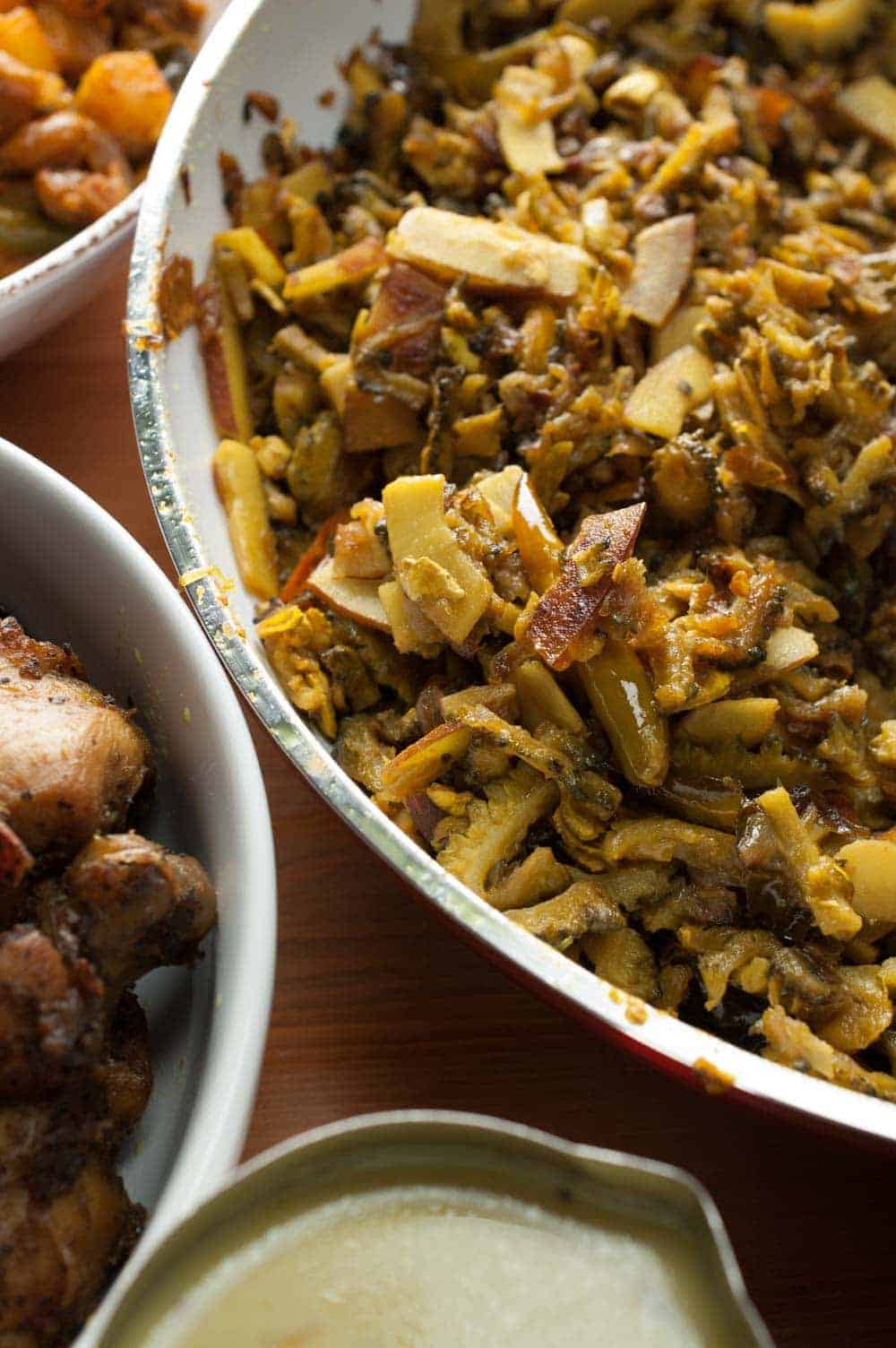
"Mezhukkupuratti" means coated in oil. You may also hear names like olathiyathu or ularthiyathu depending on the region. But the preparation stays the same.
No fancy steps. Just sliced bitter gourd, a few basics, and gentle sautéing. Make it once at home and it might just become your go-to. Dive in for tips, smart swaps, and perfect pairings.
Jump to:
- What is Pavakka Mezhukkupuratti?
- Why You'll Love This Recipe?
- Recipe Ingredients
- Variations to Try
- How To Make Pavakka Mezhukkupuratti (Step-by-Step Guide)
- Tips And Tricks
- Serving Suggestions
- Frequently Asked Questions (FAQ)
- More Kerala Style Thoran / Mezhukkupuratti Recipes to Try
- Pavakka Mezhukkupuratti (Kerala Style Bitter Gourd Stir Fry)
What is Pavakka Mezhukkupuratti?
Pavakka Mezhukkupuratti is a Kerala-style dry stir fry made with bitter gourd, green chilli, curry leaves, and turmeric. Everything is sautéed in coconut oil, which gives the dish its glossy finish and deep Kerala flavour.
That glossy layer from coconut oil coats each piece without drowning the dish. The colour stays mostly greenish-brown with hints of yellow from the turmeric. Bitter gourd slices turn tender with slightly crisp edges. The thengha kothu stands out, scattered through for texture.
The taste builds gently. A mild bitterness comes first, mellow and pleasant. Then the heat from green chillies kicks in. The coconut slices add sweet crunch and balance. All wrapped up with that tempering goodness from coconut oil and curry leaves.
Unlike thoran, this version stays simpler and lightly roasted. Thoran uses grated coconut and often tastes sweeter and crumblier. If you like that style, our Cabbage Thoran brings that soft, textured feel to the plate.
Why You'll Love This Recipe?
We love this recipe for how simple and homely it is. It’s healthy too, the best way to get the nutrients from pavakka without that strong bitter hit. Even if there’s no curry at home, you can eat this plain with rice or kanji.
It’s also easier to make than you think. No grinding, no complex prep. Just coconut oil, time, and everyday ingredients doing their thing. This same style works with other vegetables too, like in our Beans Mezhukkupuratti.
Recipe Ingredients
1. Pavakka (Bitter Gourd): Choose young, tender bitter gourds. Wash and cut them in the center. Remove the seeds, but you can keep the soft spongy part if it isn’t too mature. Slice it thin, not too thick. Mix with salt and keep it aside for 30 minutes. You can also soak it in tamarind water instead. Both methods help reduce the bitterness.
2. Other Ingredients: You’ll need sliced onion, green chilli, curry leaves, turmeric powder, coconut oil, and thengha kothu (coconut slices).
Exact quantities and steps are listed in the recipe card below. If you want a no-cut vegetable option with coconut, try our Payar Thoran. It’s quick and goes well with plain rice.
Variations to Try
- Make it spicier: Add a bit of red chilli powder or toss in dried red chillies while sautéing.
- Add garlic: A few crushed garlic cloves can bring extra flavour and depth.
- Use other vegetables: The same mezhukkupuratti method works with cauliflower, beetroot, carrot, and cabbage. For firmer vegetables like raw plantain (vazhakka), unripe jackfruit (chakka), potato (urulakizhangu), and ivy gourd (kovakka), chop small and cook covered until soft. Stir occasionally to prevent sticking. Ladies’ finger (vendakka) also works well.
- Try combos: Carrot and pavakka work surprisingly well together. The sweetness of carrot softens the bitter edges and brings balance.
- Use lentils instead: If you don’t have vegetables, you can still make a dry stir fry with lentils. Try green gram (cherupayar), red gram (vanpayar), horse gram (muthira), or black chickpeas (kadala). It’s soft, filling, and goes well with rice.
- Make it coconut-rich: You can also turn it into a thoran by adding grated coconut.
How To Make Pavakka Mezhukkupuratti (Step-by-Step Guide)
Prepare Ingredients- Wash the bitter gourd, cut it in the center. Remove the seeds, but you can use the spongy center. Thinly slice the bitter gourd. Mix the bitter gourd with salt and keep it aside for 30 minutes. This helps to reduce the bitterness of bitter gourd. Thinly slice the onions. Slit the green chilli. Thinly slice the coconut into square, bite-sized pieces. Check the notes for details on coconut bite-sized pieces.
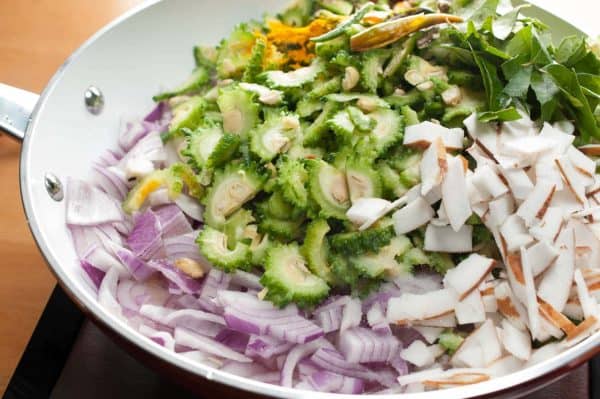
STEP 1: Heat 2 tablespoons of oil in a pan. Then add onion, bitter gourd, coconut pieces, green chilli, curry leaves, turmeric powder, and salt. Adding the onions and coconut pieces helps reduce the bitterness, so never compromise on it.
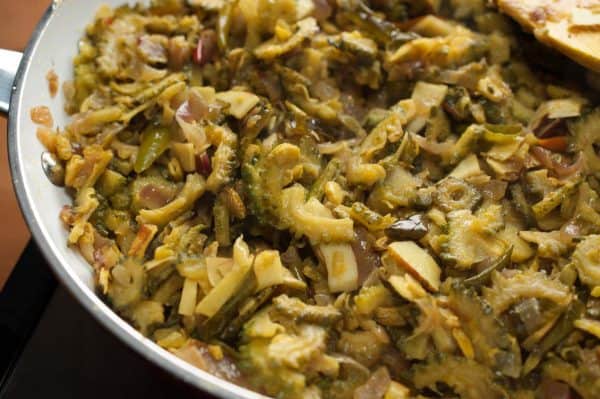
STEP 2: Sauté over medium heat. Stir in between. Otherwise, it can get burnt. Adjust salt. It might take around 20 minutes. Add oil in between if needed. Fry it until the consistency you require. Serve with rice.
If you want to try a different stir fry with the same comfort and ease, check out our Cherupayar Thoran.
Tips And Tricks
- Cut the bitter gourd into even-sized pieces so they cook evenly.
- Soak the sliced bitter gourd in salt or tamarind water for 20 to 30 minutes. Both help reduce bitterness before cooking.
- Balance the bitterness while cooking by adding a gooseberry-sized piece of tamarind soaked in water. A small pinch of jaggery also helps round out the flavours.
- Stir often while sautéing so the bitter gourd and other ingredients cook evenly without sticking or burning.
- Add a splash of water only if the pan feels too dry while cooking.
Serving Suggestions
Bitter gourd Mezhukkupuratti is usually served as a side with Kerala rice and curry. It pairs well with Kerala Style Sambar, moru curry, or parippu and helps balance spicy or tangy mains.
It also goes well with kanji or curd rice for a light and comforting meal.
Storage Instructions
Pavakka Mezhukkupuratti stays fresh for 2 to 3 days when stored in a clean, dry, airtight container in the fridge. Let it cool completely before storing to prevent moisture buildup.
To reheat, warm it gently in a pan. Add a small spoon of coconut oil while reheating to bring back its flavour and gloss. You can microwave it, but reheating in a pan gives a better finish.
A Sadhya is never complete without its balance of flavors. While this dish adds its own place on the leaf, the light and tangy Moru Curry is another must-try that keeps the meal refreshing.
Frequently Asked Questions (FAQ)
The seeds are edible but can be hard, especially in mature gourds, so they are often removed. If the seeds are tender, you can keep them as they add a slight crunch when fried.
Soak the sliced pavakka in tamarind water or salt water before cooking. You can also caramelise onions first and add the bitter gourd. A little jaggery or a splash of tamarind water while cooking helps reduce bitterness.
More Kerala Style Thoran / Mezhukkupuratti Recipes to Try
I’d love to hear your thoughts if you have tried this! Please leave a ⭐️ rating and a comment below. Don’t forget to share your photos on Instagram and tag @a_little_bit_of_spice.
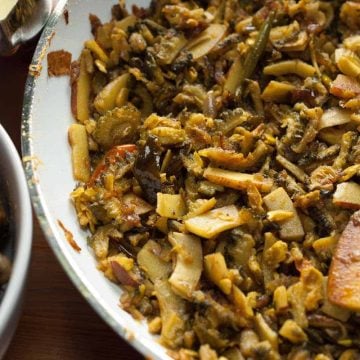
Pavakka Mezhukkupuratti (Kerala Style Bitter Gourd Stir Fry)
Ingredients
- 3 cup bitter gourd (sliced, from 3 small bitter gourds)
- 1 number onion (big size)
- ½ teaspoon turmeric powder
- 5 number green chilli
- ¾ cup coconut slices (thinly sliced, or thengakothu)
- salt
- 2 tablespoon Coconut oil / vegetable oil / sunflower oil
- 1 sprig curry leaves
Instructions
- Prepare ingredients- Wash bitter gourd, cut it in the center. Remove the seeds, but you can use the spongy center. Thinly slice the bitter gourd. Mix the bitter gourd with salt and keep it aside for 30 minutes. This really helps to reduce the bitterness of bitter gourd. Thinly slice the onions. Slit the green chilli. Thinly slice coconut into square bite-size pieces. Check the notes for details on coconut bite-sized pieces.
- Heat 2 tablespoon oil in a pan. Then add onion, bitter gourd, coconut pieces, green chilli, curry leaves, turmeric powder, and salt. Adding the onions and coconut pieces helps reduce the bitterness, so never compromise on it.
- Saute over medium heat. Stir in between. Otherwise, it can get burnt. Adjust salt. It might take around 20 minutes. Add oil in between if needed. Fry it until the consistency you need. Serve with rice
Video
Notes
- Cut the bitter gourd into even-sized pieces so they cook evenly.
- Soak the sliced bitter gourd in salt or tamarind water for 20 to 30 minutes. Both help reduce bitterness before cooking.
- Balance the bitterness while cooking by adding a gooseberry-sized piece of tamarind soaked in water. A small pinch of jaggery also helps round out the flavours.
- Stir often while sautéing so the bitter gourd and other ingredients cook evenly without sticking or burning.
- Add a splash of water only if the pan feels too dry while cooking.
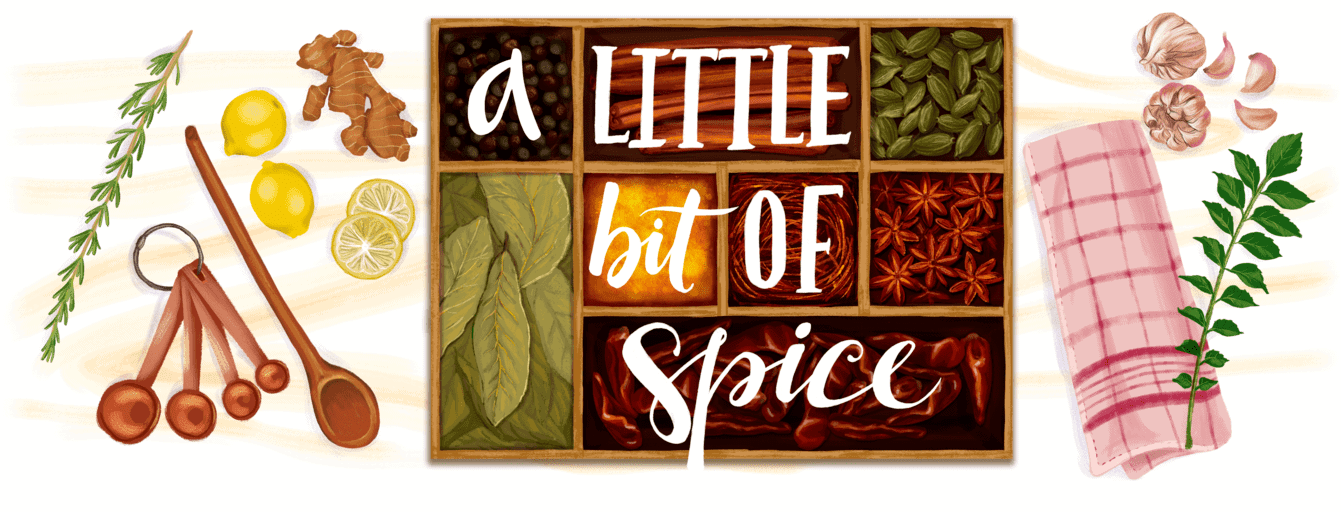

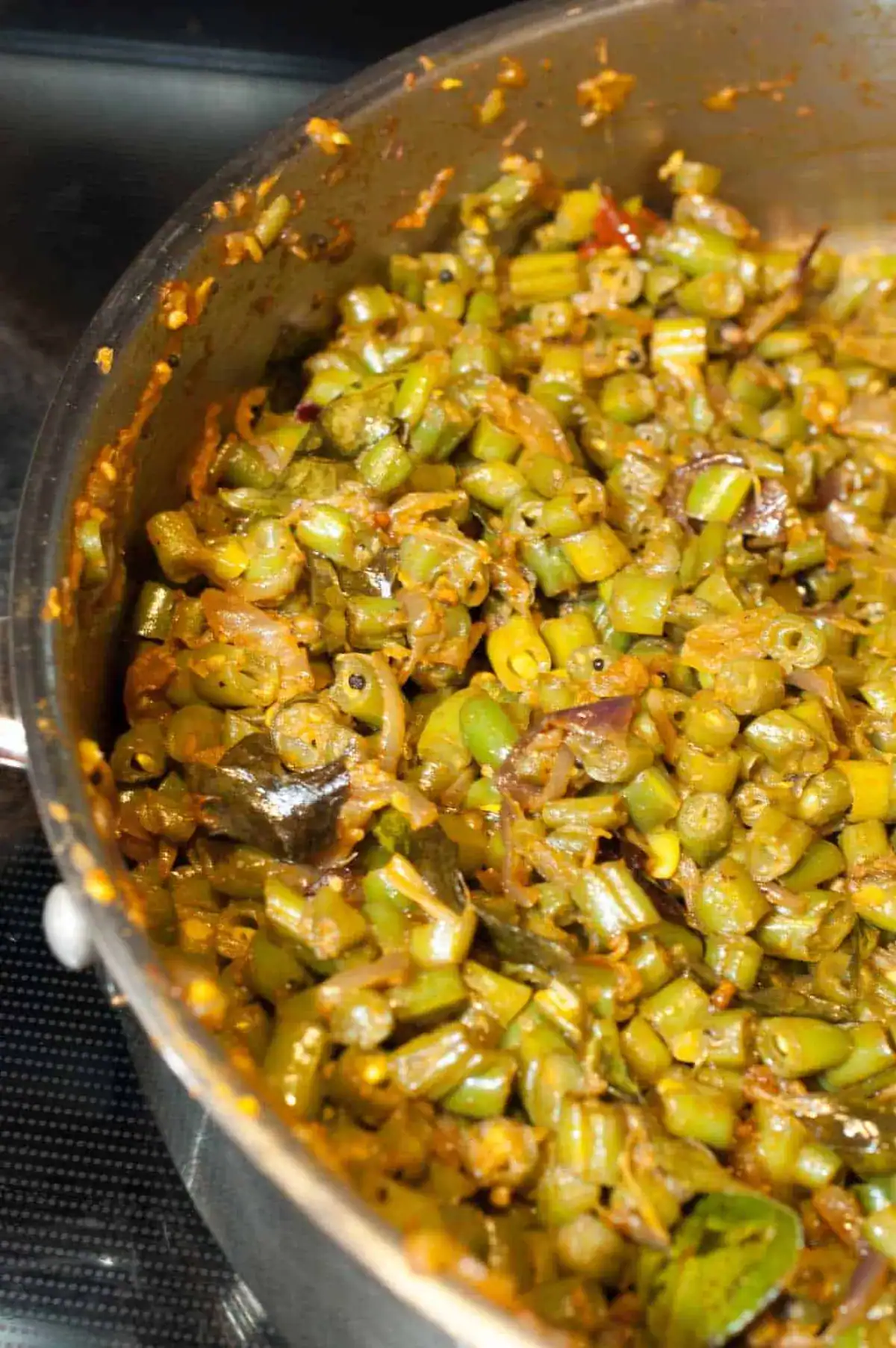
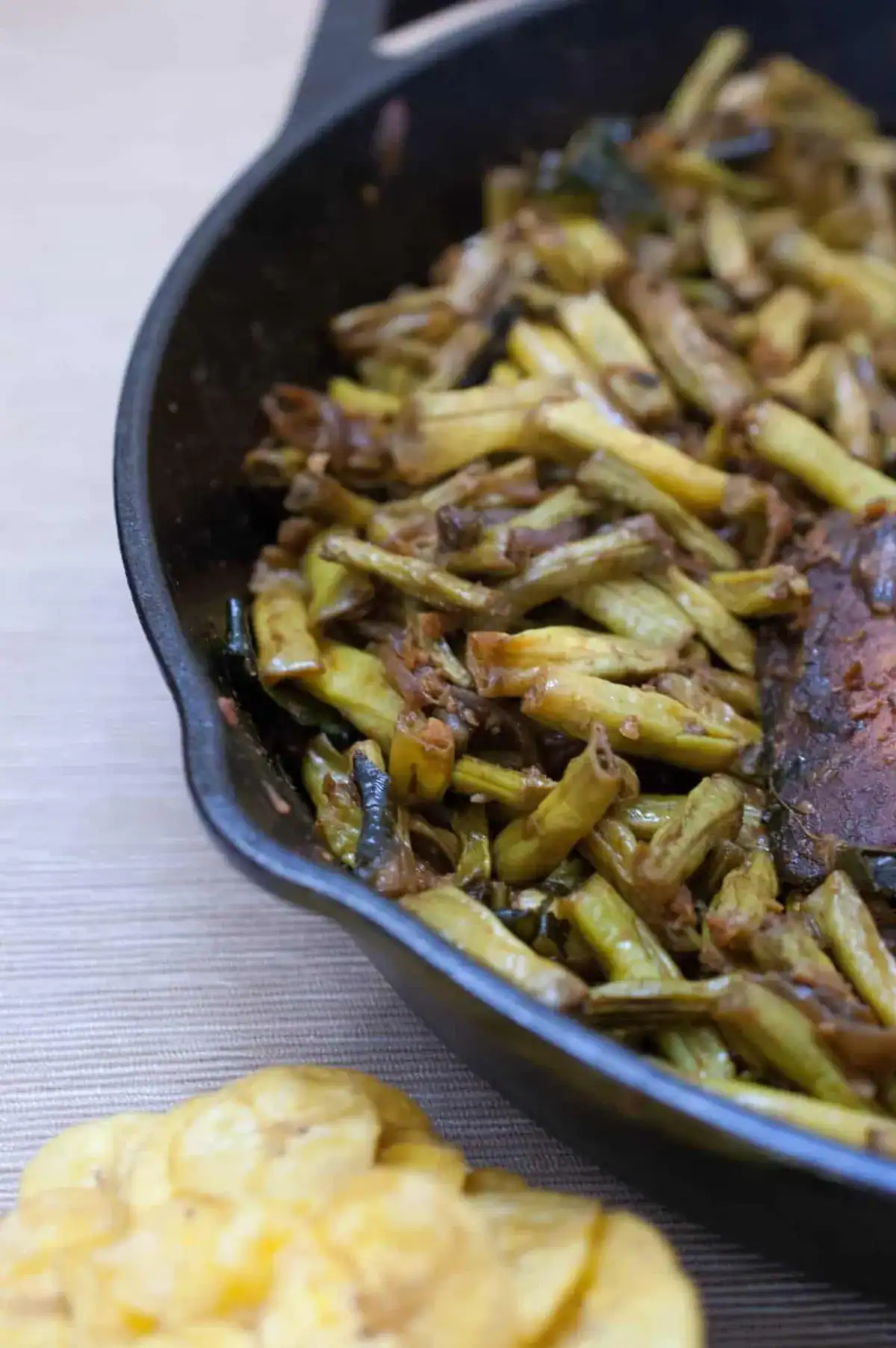
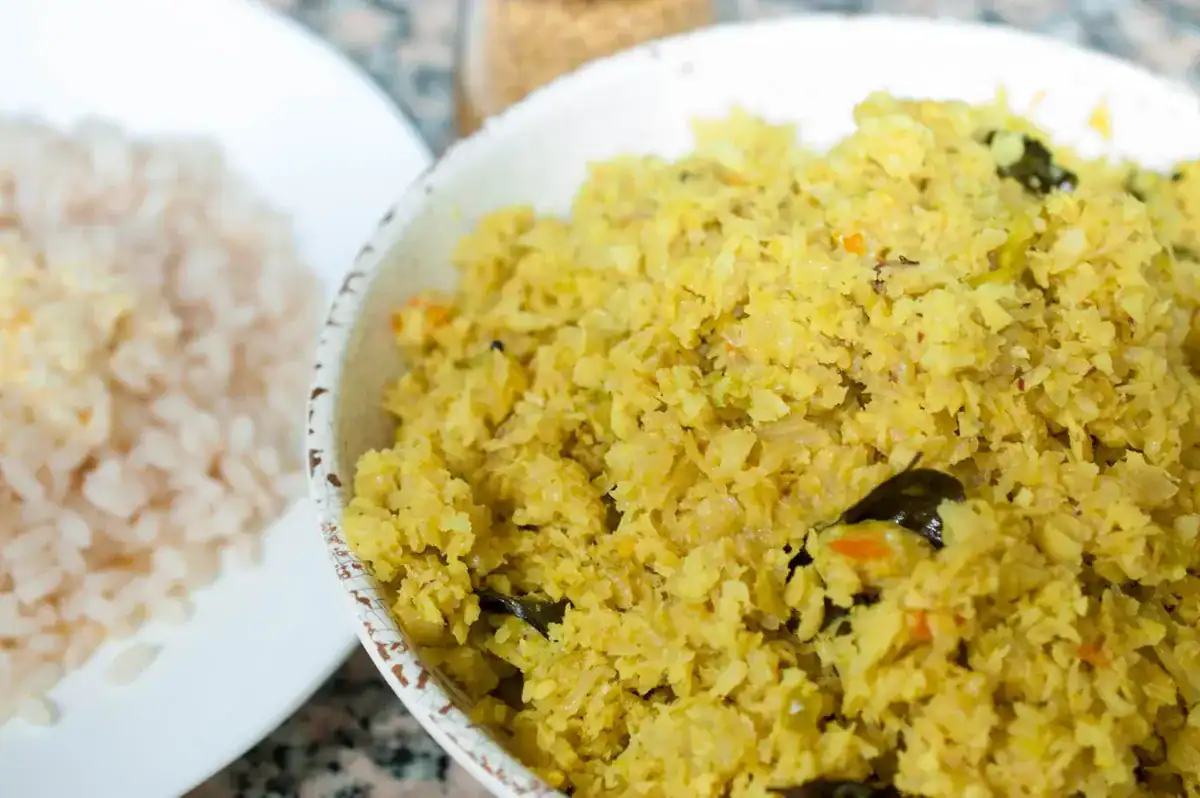
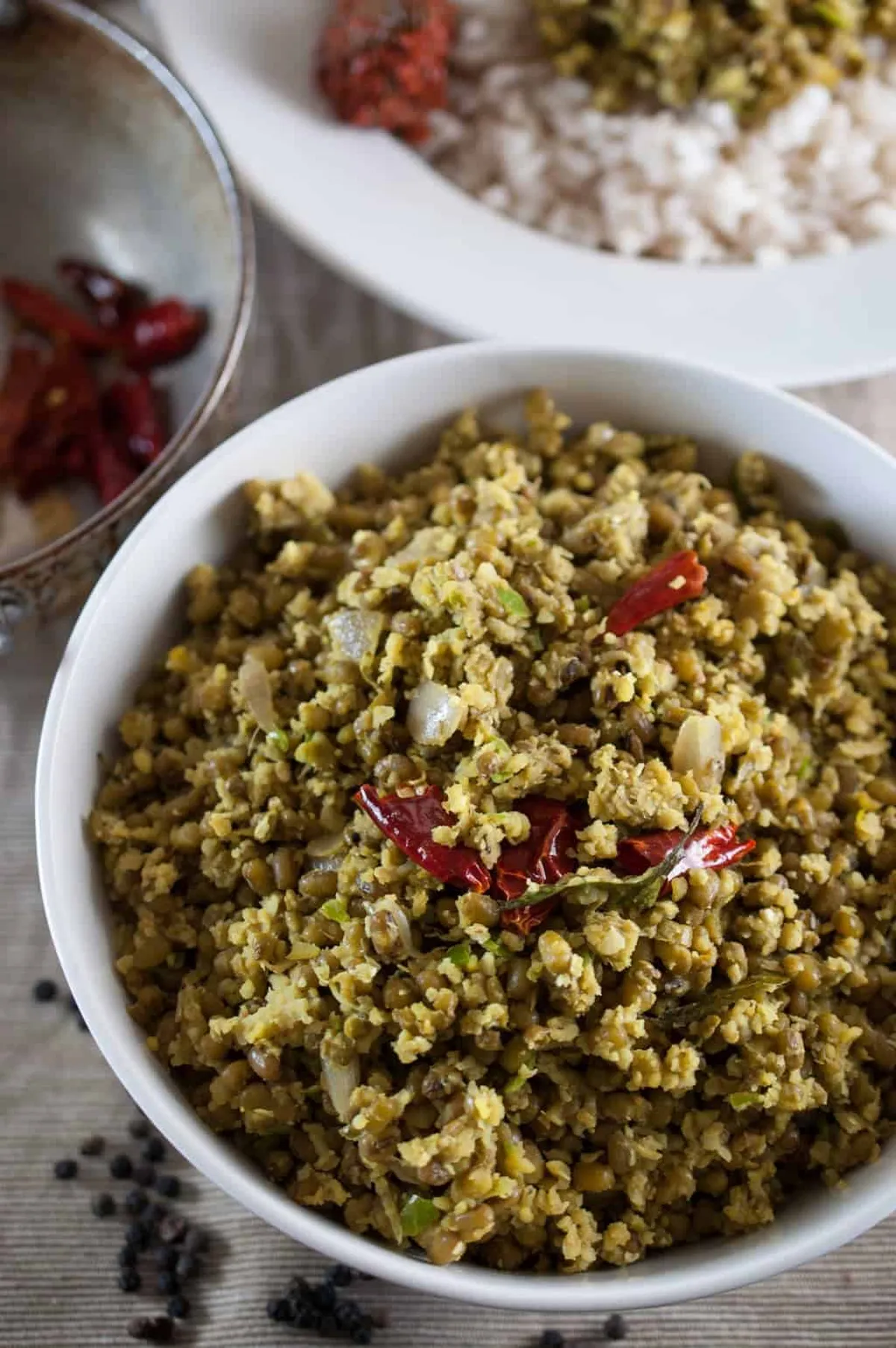
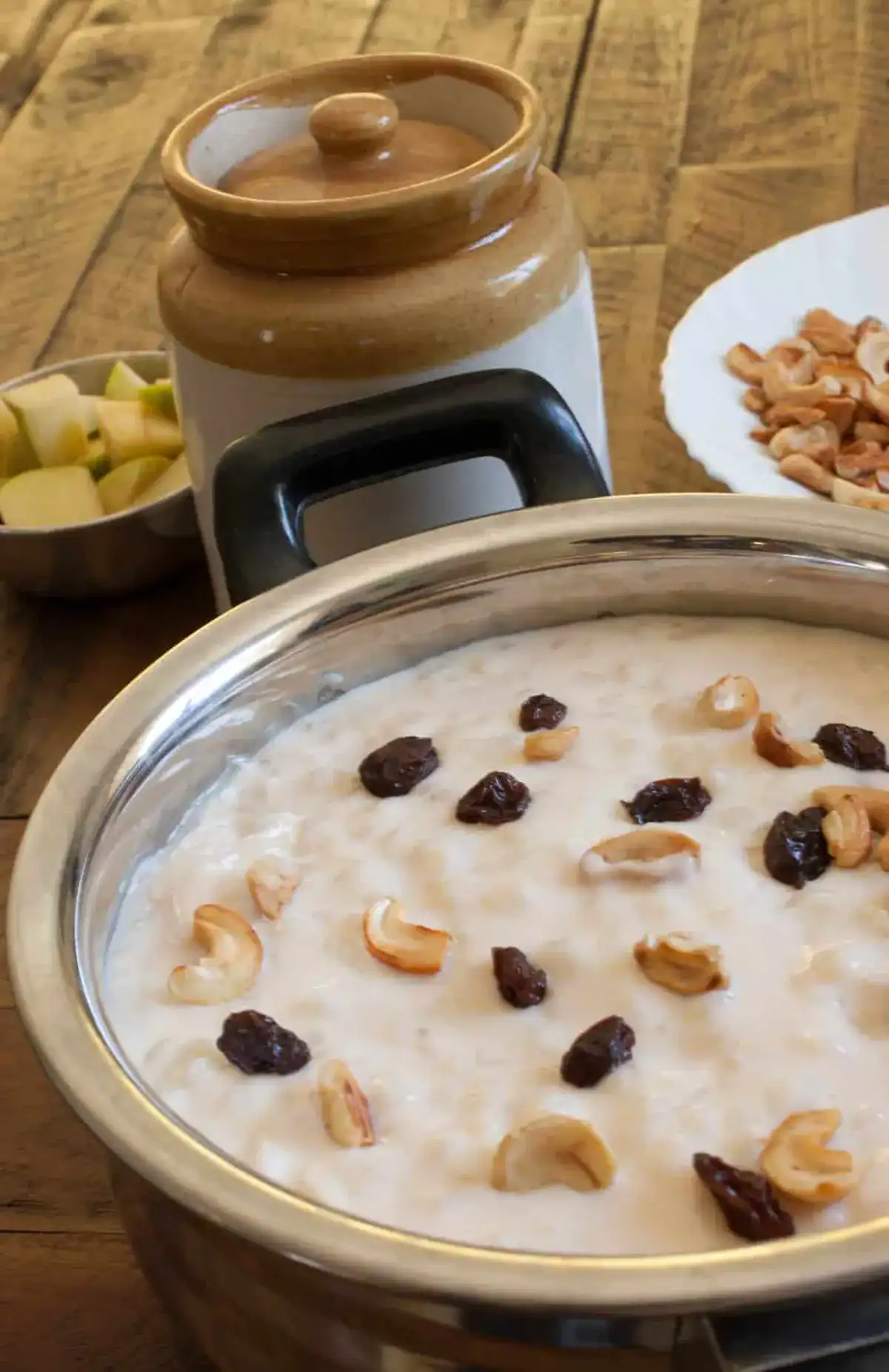
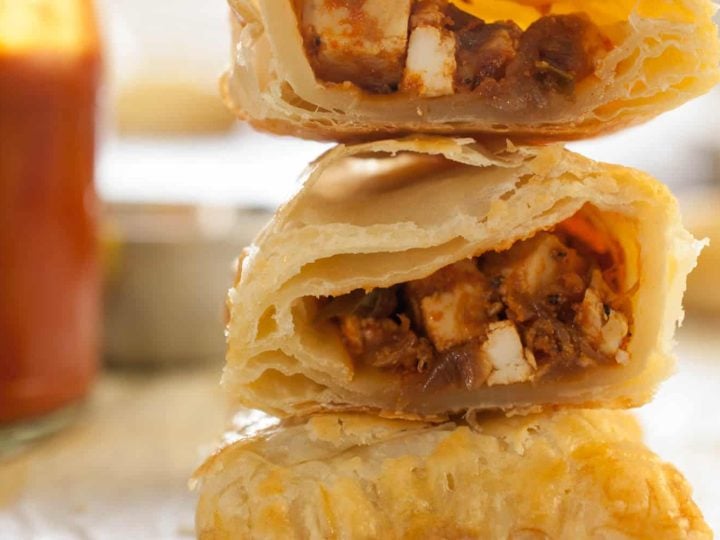
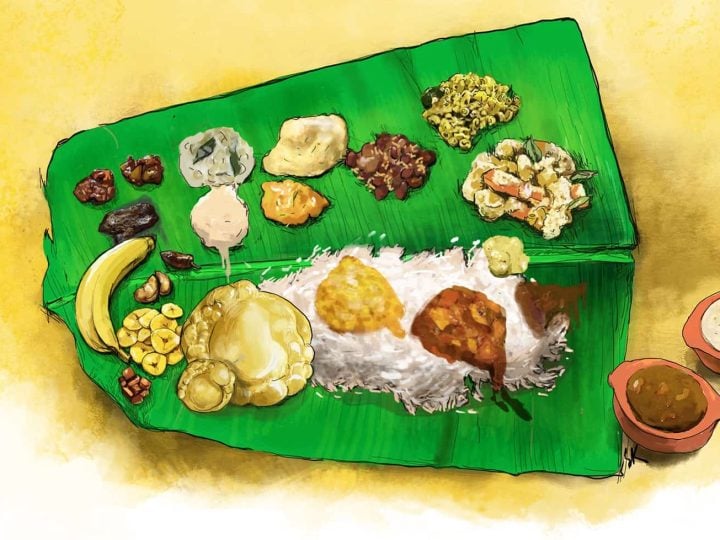
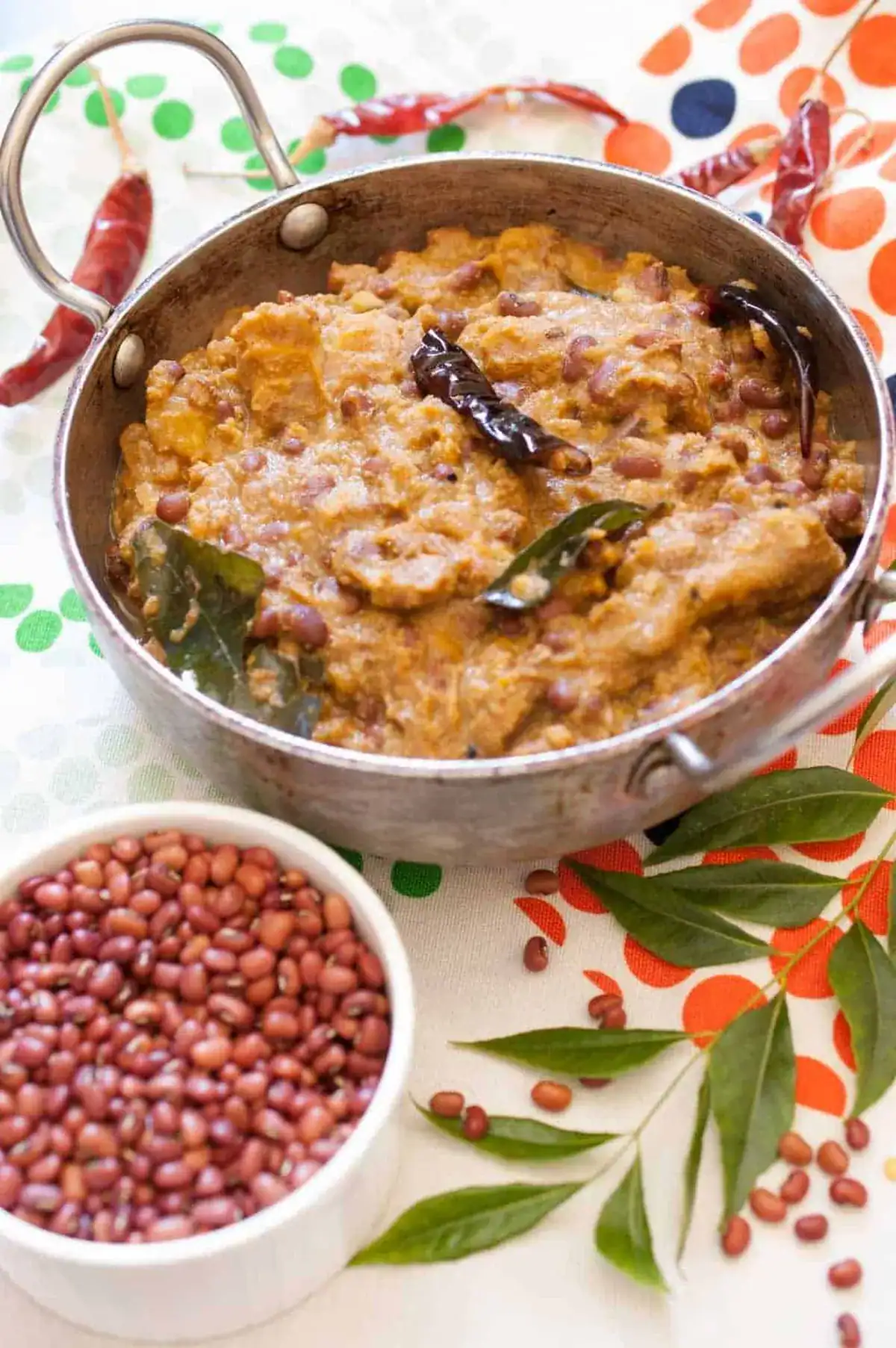
Hi!
I do like karela, so I think I will try it. It looks good! But I want to know about the coconut. I can’t tell if this is fresh or dried coconut slices you’re using. Can you comment on this? Thanks!
You can use either fresh coconut square bite sized pieces or frozen ones. Dried ones won’t give exact same taste. I have tried using both fresh and frozen ones.